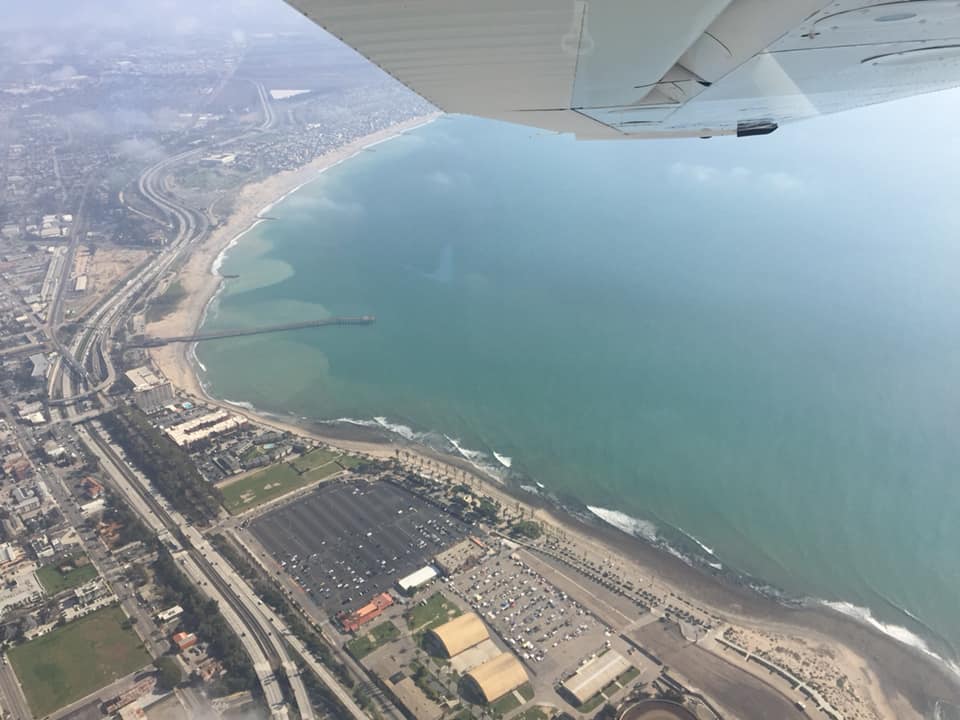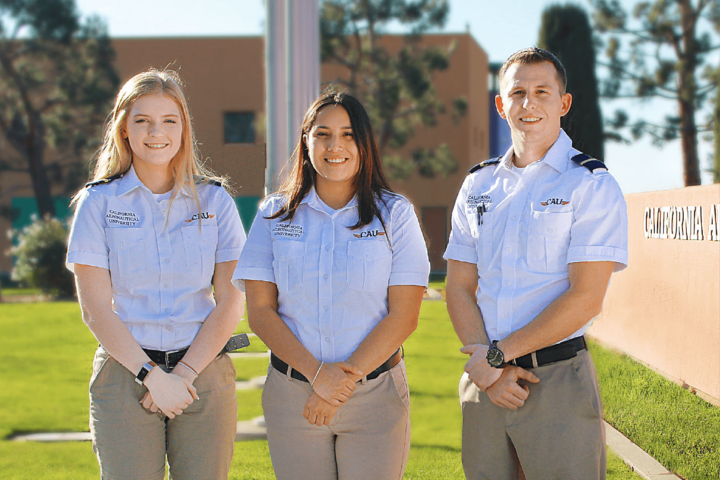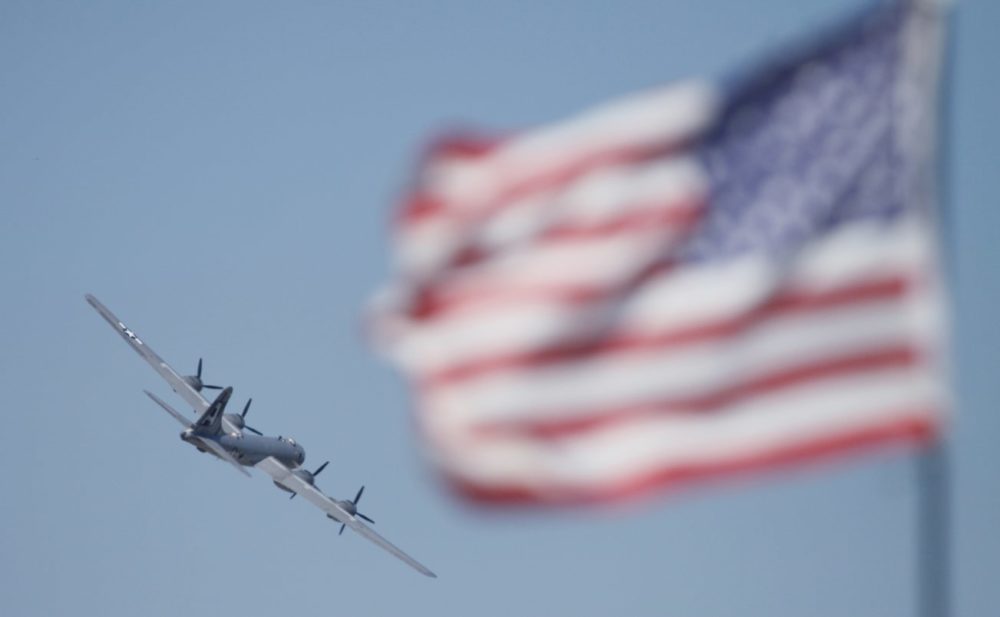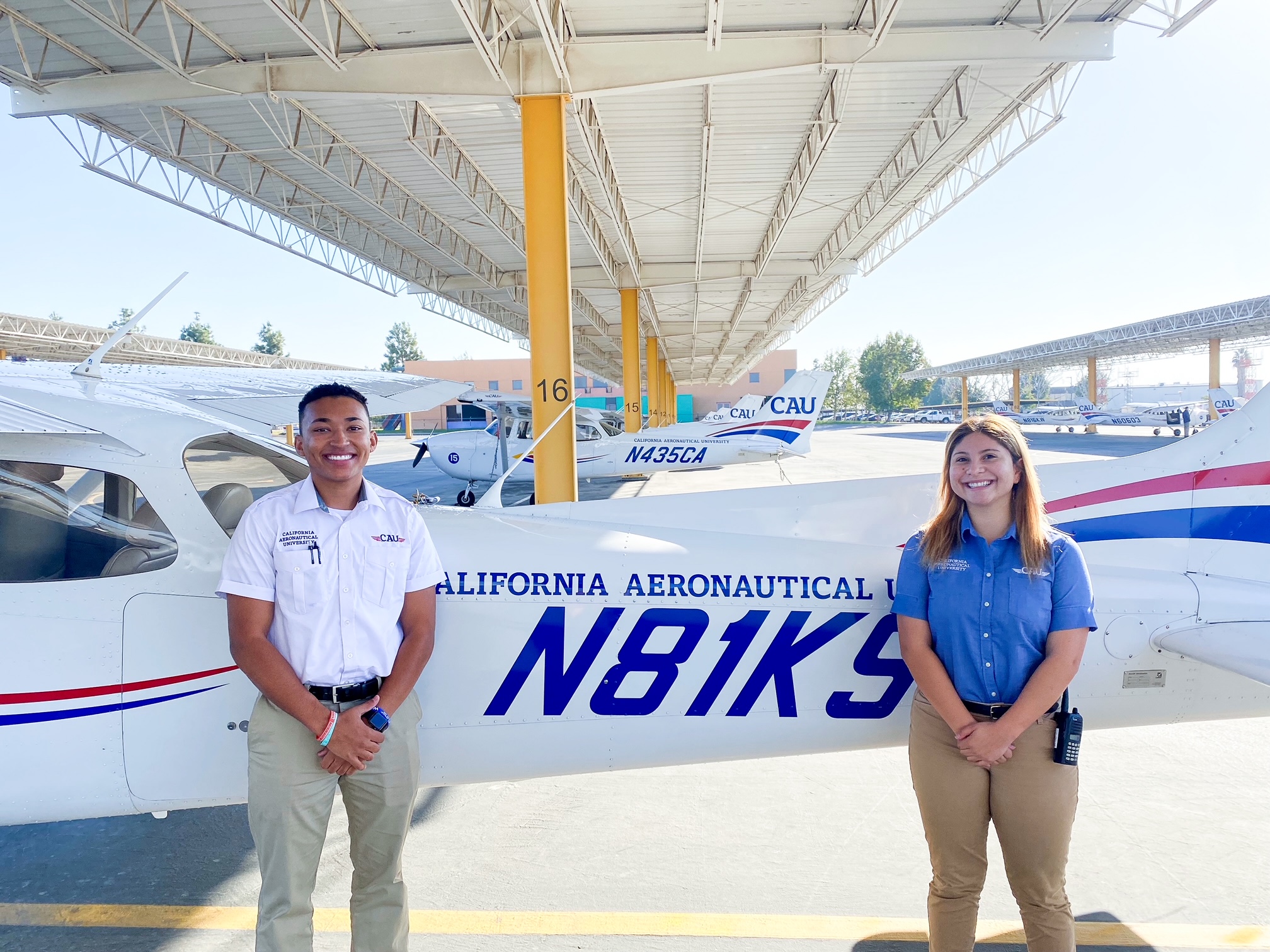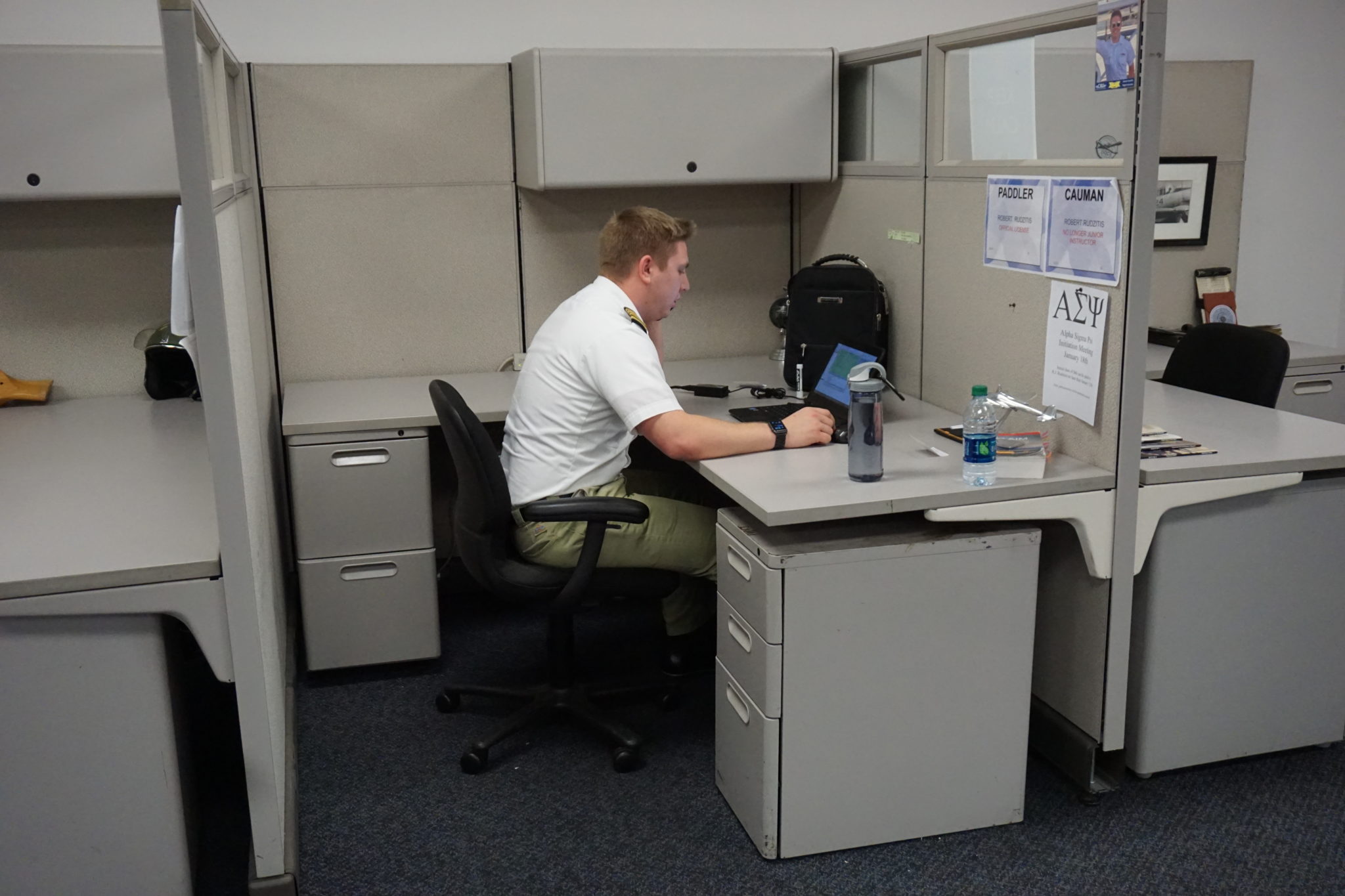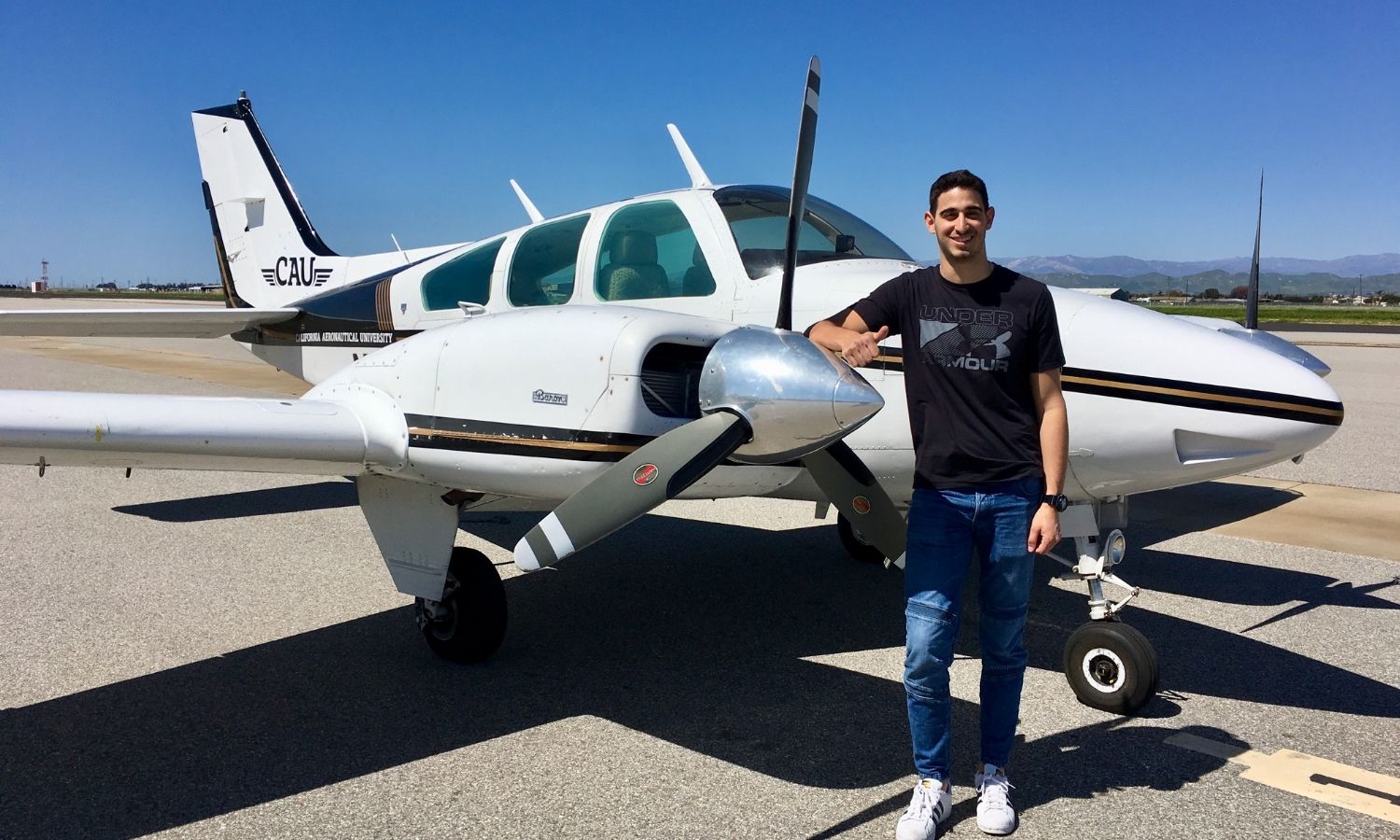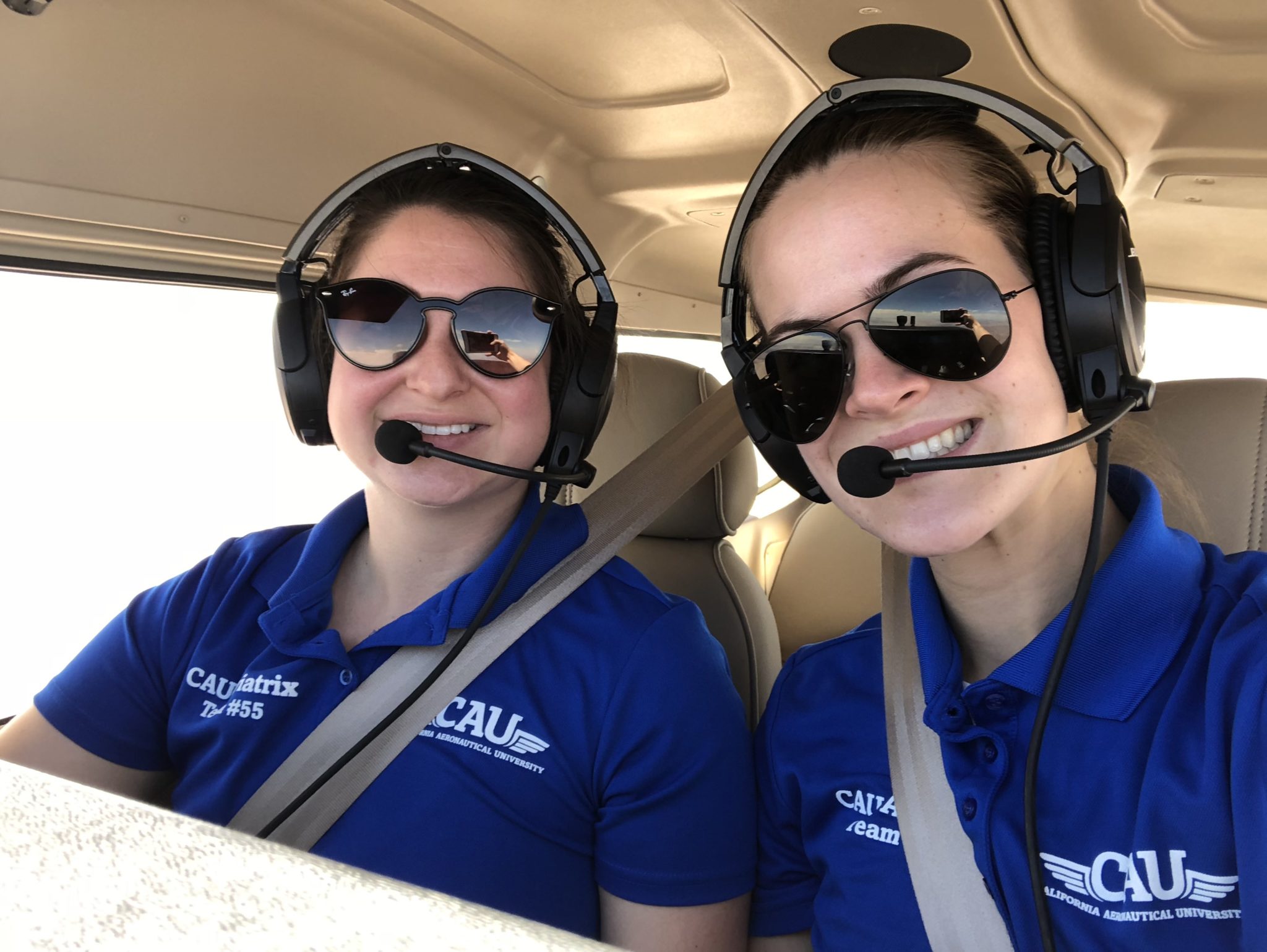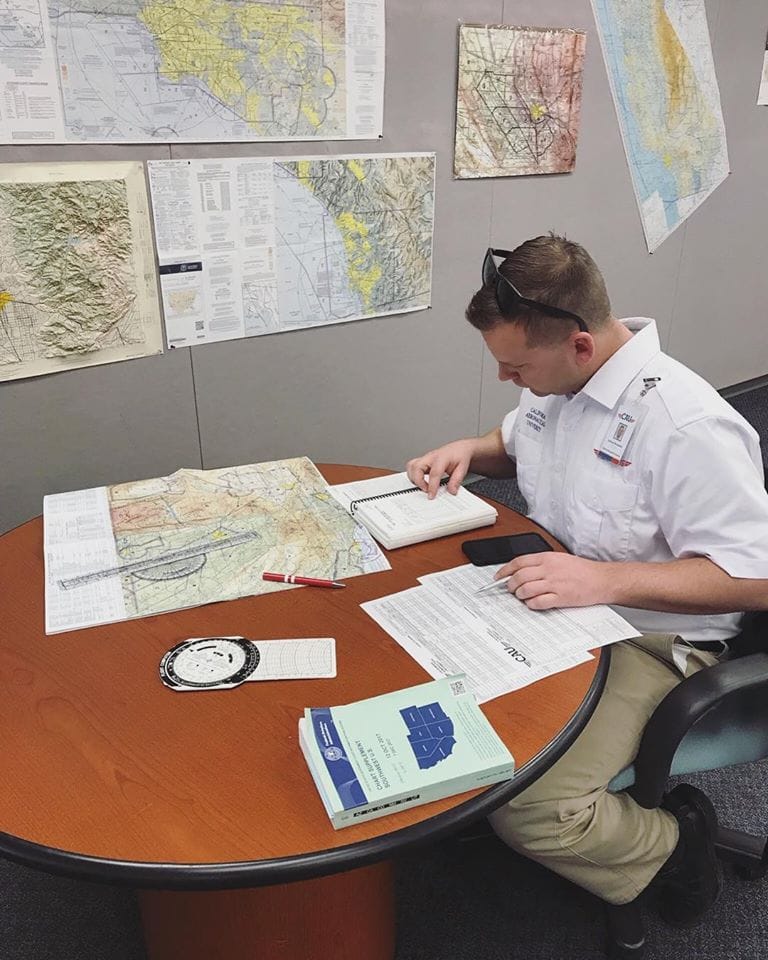Student pilots must become familiar with ground reference maneuvers in order to demonstrate controlled airmanship.
[lwptoc numeration=”none”]
Ground reference maneuvers involve using an airplane’s flight controls to affect the course of flight. Knowing these are necessary to operate in an airport traffic pattern. A solid understanding of pitch, roll, and yaw are all involved, as are learning to understand the effect of wind direction, and how an aircraft moves in relation to the ground below. Once a student pilot can understand and safely execute these maneuvers in appropriate power configurations and attitudes, they are better prepared to work with airplanes featuring advance performance features.
Certified Flight Instructors (CFIs) might spend some time on ground reference maneuvers because knowledge of them is mandated by the FAA (Federal Aviation Administration.) They are part of a pilot’s practical test before the private certificate is granted. If a student pilot later goes on to earn a commercial certificate and work as a pilot for pay, they might use these skills in survey work, photography jobs, crop dusting, and sightseeing flights. There are three types of ground reference maneuvers: Turns Around a Point, Rectangular Course, and S turns.
1. Turns Around a Point
Turns Around a Point are often the first ground reference maneuver a student pilot attempts. In essence, turns around a point is a fancy name for “flying in a circle,” but as many pilots can attest, it can be more difficult than its sounds.
In Turns Around a Point, a student pilot must fly two successive circles around a pre-determined point, such as a prominent intersection, large roofed structure, or retention pond. Successfully executing Turns Around a Point demands dexterity and multitasking. It involves directional control, altitude control, and airspeed control. In this maneuver, students learn what the difference is between what he or she is experiencing in the air, and how the ground is moving beneath the aircraft. It also tests the student’s banking abilities and teaches him or her how to work with wind direction while maintaining a steady course of flight.
Errors which many student pilots battle while trying to master Turns Around a Point include:
- Wavering in altitude
- Banking over 45 degrees; this means the pilot is too close to the point and should climb a bit before trying again
- Failing to roll out enough while banking
- Over-fixing on the point to the exclusion of all else is necessary in the maneuver
- Using the rudder in correct synchronization with the yoke and other controls
- Practicing over the same area over and over, which near a busy flight school-heavy airport is exclusionary to other student pilots and does not challenge the pilot once he or she has successfully circled a point (the noise might also become also rather annoying to the people living in the farmhouse you are circling)
Turns Around a Point helps to prepare a student for Rectangular Course, which involves the same skills, but with more traffic and straightaways on the edges.
2. Rectangular Course
Rectangular courses prepare pilots for flying a safe and effective traffic pattern. Flying a proper traffic pattern provides a solid basis for a safe approach and effective landing. Pilots must concentrate on holding their airplane in a constant airspeed and altitude, as well as a safe and predictable distance from the ground and other aircraft.
Watching pilots undertake traffic patterns at smaller airports can be instructive, as these can demonstrate how a precise traffic pattern makes a landing easier. Rectangular course patterns usually turn to the left, since the pilot seats of small airplanes are on that side, and in cockpits with a larger crew, the captain sits on the left.
The runway forms one of the sides of the rectangular course. The pattern has four legs:
- Upwind Leg
- Crosswind Leg
- Downwind Leg
- Base Leg
To enter a rectangular course, the pilot flies in at a 45 degree angle to the direction of downwind. He or she starts the turn at the first boundary lines, banking and working with the wind as necessary. This is a complex skill to master, and when pilots new to rectangular courses begin to practice these ground reference maneuvers, they often struggle with the following:
- Maintaining a level and constant altitude as the pattern is entered an executed
- Correctly judging the behavior and direction of the wind
- Effectively using the aileron and rudder in response to changing wind direction
- Avoiding traffic and obstacles in the pattern
- Judging turns efficiently
- Positioning the airplane in response to changes in wind (angle of wind correction)
- Avoiding sudden movement on flight controls
In this one ground reference maneuver, student pilots demonstrate many skills. It’s not uncommon to require several attempts before the student is comfortable with it.
3. S Turns
As in the other ground reference maneuvers, S turns ask pilots to demonstrate coordinated use of aircraft controls, maintaining constant speed and distance, and watching for obstacles and traffic—all at the same time. S turns are half circles in the sky in relation to a straight object on the ground below. During S turns, the pilot must bank at various degrees to perform the half-circle and prepare the aircraft for the next one in the opposite direction.
S turns are popularly compared to skiing down a steep hill. To imagine them in terms of an aircraft, think of the space shuttle orbited as it returned to Earth’s atmosphere for a landing. The pilot and commander took the orbiter through S turns as it came towards the runway to bleed off speed from orbit.
Here are some common obstacles for students learning S turns:
- Choosing a perpendicular line which is not sufficiently close to areas suitable for a potential emergency landing
- Executing turns too steeply
- Losing altitude while banking
- Creating half-circles which are not symmetrical
Although these three ground reference maneuvers might seem rote and frustrating, they are part of the pilot practical test for a reason. They are all the building blocks of safe aviating and prepare the pilot for more complex maneuvers.
Ready to soar in your aviation career?
Mr. Matthew A. Johnston has over 23 years of experience serving various roles in education and is currently serving as the President of California Aeronautical University. He maintains memberships and is a supporting participant with several aviation promoting and advocacy associations including University Aviation Association (UAA), Regional Airline Association (RAA), AOPA, NBAA, and EAA with the Young Eagles program. He is proud of his collaboration with airlines, aviation businesses and individual aviation professionals who are working with him to develop California Aeronautical University as a leader in educating aviation professionals.
